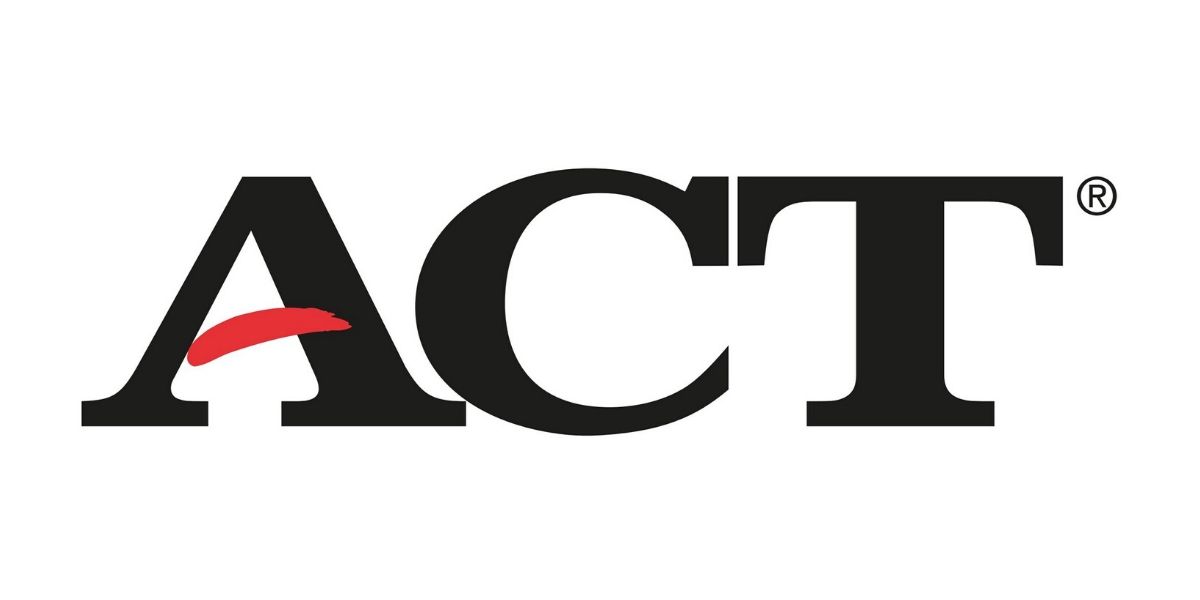The Old VS New SAT Breakdown
We’re often asked about the differences between the “old” SAT vs the “new” SAT. While a lot hasn’t changed drastically, some major changes have occurred that you should be aware of now.
What hasn’t changed is the importance of test preparation for the SAT; our SAT prep courses are designed to provide you the best strategies for doing well on it.
[sat_one]

To make things easier, here are some of the differences between the old vs new SAT at a glance:
| Old SAT | New SAT | |
|---|---|---|
| GENERAL | ||
| Features | Emphasized general reasoning skills; Emphasized vocabulary in limited contexts; Complex scoring |
Focus on knowledge and skills deemed most important for college, career readiness & success; Emphasis on vocabulary meaning in extended context & how word choice affects meaning, tone, and impact; Simplified scoring (no penalty for guessing) |
| Time Duration | 3 hours & 45 minutes | 3 hours & 45 minutes (w/out Essay) 4 hours & 35 minutes (w/ Essay) |
| Sections | Critical Reading Writing Mathematics Essay |
Reading Test Writing and Language Test Math Essay (optional) |
| Essay | Required | Optional |
| Total Point Potential | 600 to 2400 points | 400 to 1600 points |
| Section Point Totals | 200 to 800 (Crit. Reading); 200 to 800 (Mathematics); 200 to 800 (Writing); Essay results scaled to multiple-choice Writing |
200 to 800 (Evidence-Based Reading and Writing); 200 to 800 (Math); 2 to 8 (three dimensions for optional Essay); Essay results reported separately |
| Point Penalty | A quarter-point penalty for guessing | No point penalty for guessing |
| Number of Section Questions | 171 total questions | 154 (155 w/ Essay) total questions |
| READING | ||
| Number of Sections | 3 sections | 1 section |
| Number of Questions | 67 questions | 52 questions |
| Number of Reading Passages | Four short passages (two of them cover a related topic); Five long passages (two of them cover a related topic) |
Five long passages (two of them cover a related topic) |
| Passage Subjects | Natural Sciences; Humanities; Social Sciences; Literary Fiction |
Literature; History/Social Studies; Science |
| Passage Questions | No set number of questions following long passages | 10 to 11 questions per passage |
| Question Breakdown | Extended Reasoning (63-75%); Literal Comprehension (6-9%); Vocabulary-in-Context (18-24%) |
Extended Reasoning (30-40%); Literal Comprehension (20-30%); Vocabulary-in-Context (13-17%); Command of Evidence (15-20%); Data Interpretation (10-12%) |
| Vocabulary | 19 Sentence Completion questions; 4-6 Vocabulary-in-Context questions from passages |
8-10 Vocabulary-in-Context questions from passages |
| WRITING | ||
| Number of Sections | Three Writing sections | One Writing section |
| Total Number of Questions | 49 grammar questions | 44 grammar questions |
| Question Breakdown | 43 sentence-based questions 6 paragraph-based questions |
44 passage-based & graphic-based grammar questions |
| Number of Passages | None | 1 careers passage; 1 history/social studies passage; 1 science passage, 1 humanities passage; 1 nonfiction narrative passage; 1-2 argument passages; 1-2 information/explanatory text passages |
| Tested Skills Breakdown | Grammar & Usage (80-85%); Rhetorical Skills (15-20%) |
Grammar & Usage (45%); Rhetorical Skills (55%); Data Interpretation (2-4%) |
| MATH | ||
| Number of Sections | 3 sections | 2 sections |
| Calculator Usage | Fully allowed | Allowed except for one particular section |
| Number of Questions | 54 questions | 58 questions |
| Question Breakdown | 44 multiple-choice questions; 10 student-produced response questions |
45 multiple-choice questions; 13 student-produced response questions |
| Tested Content | Arithmetic; Algebra; Algebra II; Geometry; Coordinate Geometry; Data Analysis; Statistics; Probability |
Arithmetic; Algebra; Algebra II; Geometry; Coordinate Geometry; Data Analysis; Statistics; Probability; Trigonometry; Additional Geometry material not included on the Old SAT |
| Tested Content Breakdown | Operations (20-24%); Algebra & Functions (35-39%); Geometry (25-30%); Data Analysis, Statistics, & Probability (11-13%) |
Algebra (35%); Problem Solving & Data Analysis (28%); Advanced Algebra/Algebra II (27%); Geometry & Trigonometry (10%) |

Major Takeaways
When it comes to the SAT revisions, a fair amount of the content and structure has remained intact. However, there are a number of changes to be aware of, especially since many of them were influenced by the Common Core curriculum.
First, the original 1600 point scale has returned, simplifying matters by making the Essay section now completely optional. Another major change came in the Vocabulary section. A common complaint about the old SAT Vocabulary section was the frequent testing of obscure words in context.
Unless students were fond of using the thesaurus, the word selection often tripped kids up badly. The new Vocabulary section was completely retooled to focus on more practical words that can be easily defined based on a presented passage’s context.
[sat_two]
The Math section has been expanded as well. Much of the same subject matter remains, however, there is additional content covering Trigonometry and Geometry. A greater emphasis on testing practical concepts in areas like Geometry and Algebra defines much of the new test’s focus on preparing students for college and postgraduate careers, instead of the more esoteric subject matter.
Again, this revision falls clearly in line with the Common Core curriculum standards that the United States has adopted over the past decade; these standards also played a clear (if officially unacknowledged) role in the SAT redesign. Another notable change is the inclusion of a “No Calculator” section now.
One new benefit that should be noted is the elimination of guessing penalties. In the past, the SAT would penalize you for a quarter-point for guessing answers. Naturally, this penalty caused unnecessary stress on students already trying to master the tested material as much as possible. Thankfully, the redesigned SAT eliminated this penalty entirely, allowing students to breathe and take a chance if they aren’t one hundred percent sure on a question.
Another significant change is the inclusion of passages in the revamped Writing section. While the old SAT previously had none, the new one now includes them, as well as emphasizes the importance of data analysis and interpretation. Again, this is a Common Core-inspired adjustment that, in theory, is designed to assess a student’s critical thinking skills by testing their ability to analyze and draw conclusions from the presented data.
Data analysis and interpretation remains the biggest content adjustment between the old vs new SAT and deserves special attention when preparing to take the test. If you are a student, or parent of one, that has trouble with interpreting data points, drawing conclusions, and other associated skills then those should be a high priority during your preparation process.
[leadmagnet_two]
Another side note to be aware of is how colleges and universities assess SAT scores during the admissions process. Many schools today will “superscore” your SAT results, meaning they accept multiple SAT test scores and take the highest scores per section to assess your overall performance.
Because the new SAT has only been around since 2016, it took time for schools to adjust to the changes and how they affected the scores. However, be aware that most schools today will not superscore between the old SAT and the new SAT. They will likely only superscore test results from the new SAT only.
For many students today this will likely not be a serious issue, but it is important to remember for anyone graduating before the Class of 2018. Other than that, be aware of how the SAT has evolved and what areas you will need to address that previously weren’t an issue before.
[sat_three]
For more test strategy, college admissions, and scholarship application tips sign up for our FREE class happening right now!
Written by Todd Marcus
More from Todd Marcus

Taking The ACT Junior Year
If you're ambitious and want to give yourself plenty of time for score improvement, then consider taking the ACT junior…

ACT 2020 Score Release Dates
Here then are the ACT 2020 score release dates to plan around, as well as, the different kinds of available…

How To Determine Your Average SAT Study Time
If you want a high score on the SAT, then you need to put in the hours. There's no way…